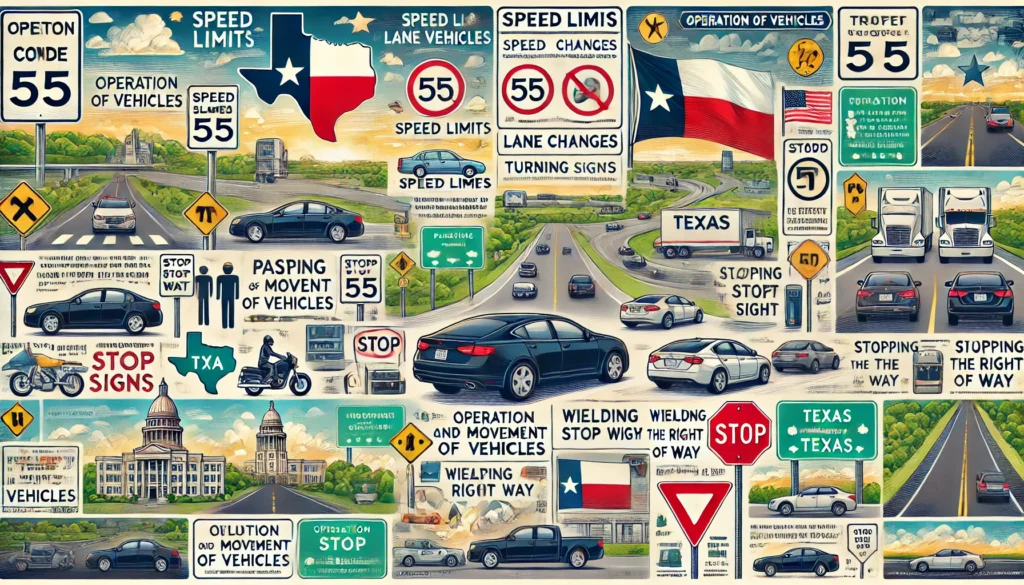When it comes to understanding the laws governing the operation and movement of vehicles in Texas, Chapter 545 of the Texas Transportation Code is essential. Whether you’re a driver, a pedestrian, or involved in a personal injury case, knowing these rules can be crucial. In this comprehensive guide, we’ll explore the key aspects of Texas Transportation Code Chapter 545 and its implications for personal injury law.
For expert legal assistance in personal injury cases, contact Ryan Orsatti Law. Our experienced San Antonio personal injury attorneys are here to help you get the justice you deserve.

What is Texas Transportation Code Chapter 545?
Texas Transportation Code Chapter 545 covers the laws related to the operation and movement of vehicles on Texas roadways. This chapter includes a variety of statutes that address everything from basic driving rules to specific regulations for different types of vehicles and road conditions.
For the complete legal text, you can refer to the Texas Statutes website.
Key Sections of Chapter 545
1. General Operation and Movement Rules
This section includes general rules for vehicle operation, such as obeying traffic signals, proper lane usage, and speed limits. Key statutes include:
- Section 545.051: Driving on the Right Side of the Roadway
- Section 545.058: Driving on Improved Shoulder
2. Speed Restrictions
Speed limits are crucial for road safety, and Chapter 545 outlines both general and specific speed regulations:
- Section 545.352: Prima Facie Speed Limits
- Section 545.353: Authority of Texas Transportation Commission to Alter Speed Limits
3. Right-of-Way Rules
Understanding right-of-way is essential to prevent accidents. Key statutes include:
- Section 545.151: Vehicle Approaching or Entering Intersection
- Section 545.153: Vehicle Entering Stop or Yield Intersection
4. Pedestrian and Bicycle Safety
This section focuses on protecting vulnerable road users such as pedestrians and cyclists:
- Section 545.256: Emerging from an Alley, Driveway, or Building
- Section 545.422: Crossing Property
Implications for Personal Injury Law
Understanding Chapter 545 is particularly important in personal injury cases. For instance, if you’re involved in an accident where a driver failed to yield right-of-way, knowing the specific statutes can help establish liability. At Ryan Orsatti Law, we specialize in plaintiff personal injury law and can help you navigate these complex legal issues.
Case Example: Failure to Yield
Consider a scenario where a driver fails to yield at an intersection and causes a collision. According to Section 545.151, the driver must yield the right-of-way to any vehicle that has entered the intersection from a different highway. Failure to do so can be used as evidence of negligence in a personal injury lawsuit.
Comparative Negligence in Texas
It’s also important to understand Texas’s comparative negligence rule, which can affect the outcome of your case. Even if you were partially at fault for the accident, you might still recover damages, though they may be reduced by your percentage of fault. This principle is outlined in Section 33.001 of the Texas Civil Practice and Remedies Code.
Conclusion
Navigating the intricacies of Texas Transportation Code Chapter 545 can be daunting, but it’s essential for ensuring safety and understanding your rights and responsibilities on the road. Whether you’re a driver, pedestrian, or involved in a personal injury case, knowing these laws can make a significant difference.
